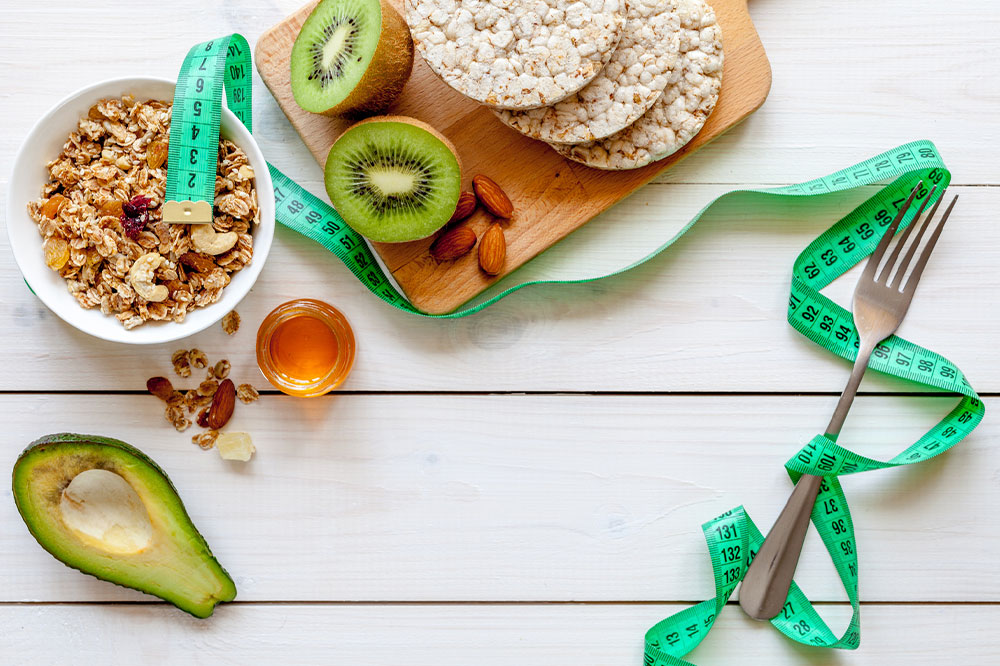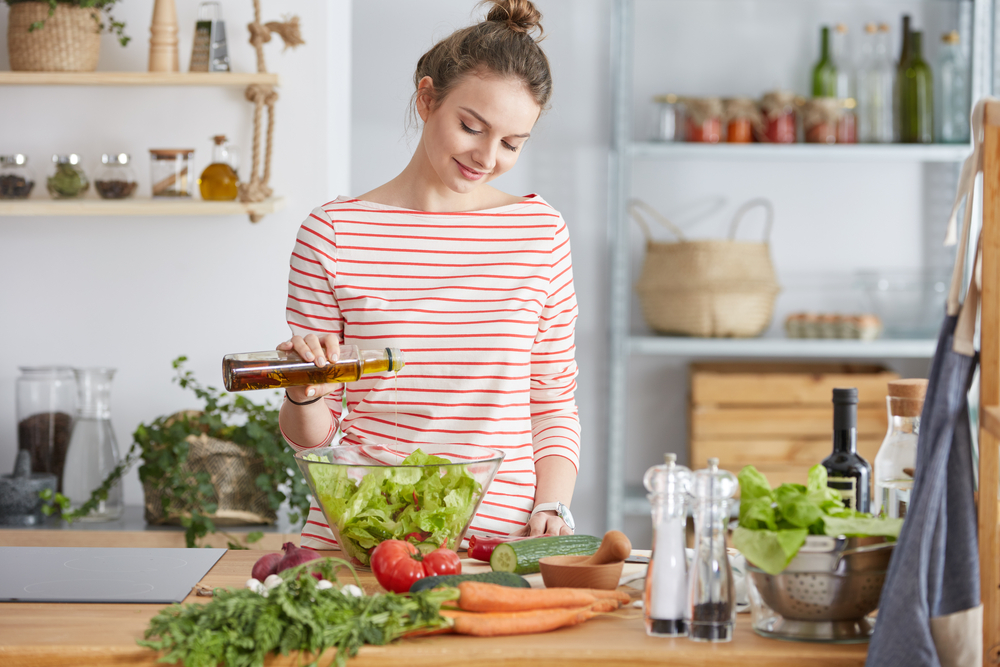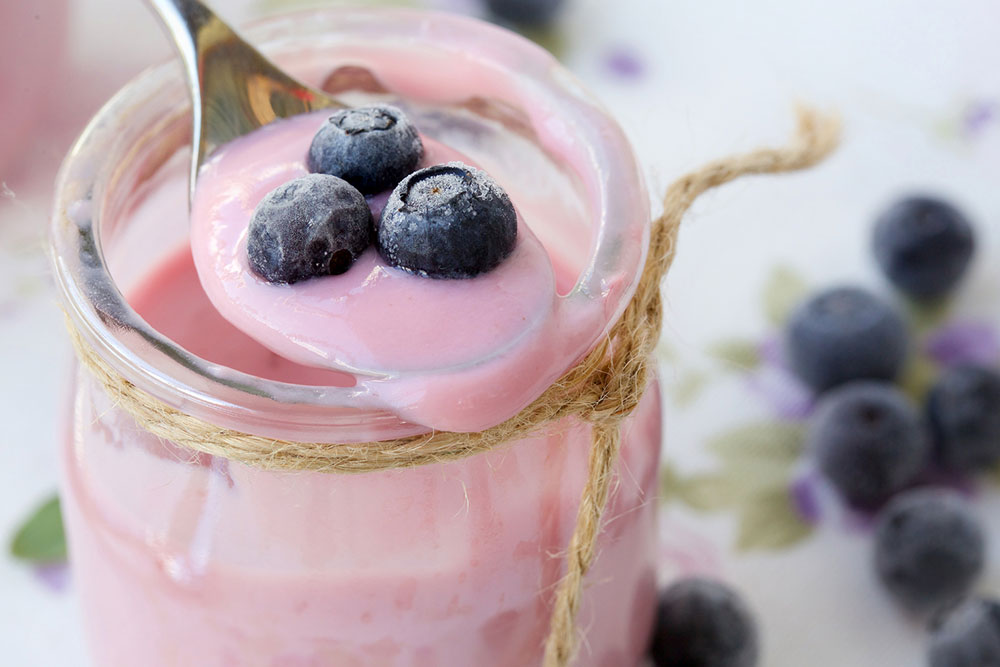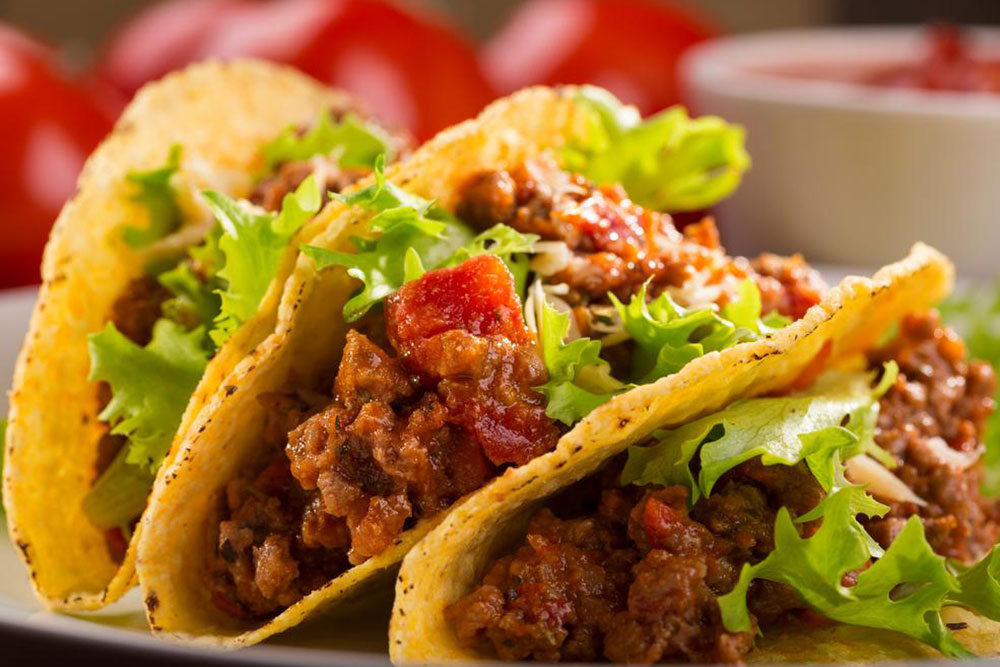Essential Guide to the BRAT Diet: Foods to Include and Avoid
This comprehensive guide explains the BRAT diet, highlighting suitable foods like bananas, rice, applesauce, and toast to soothe digestive issues. It also covers foods to avoid, such as high-fat dairy, raw vegetables, and citrus. Including additional gentle nutrients can aid recovery from nausea and diarrhea. Always seek medical advice for personalized treatment, and use this information to support your dietary choices during illness.

Essential Guide to the BRAT Diet: Foods to Include and Avoid
Choosing the right diet plays a crucial role in managing health issues like nausea and diarrhea. Alongside medical treatments and lifestyle adjustments, nutritional changes can significantly aid recovery. The BRAT diet is a common recommendation for easing stomach upset symptoms. Incorporating specific foods helps soothe the digestive system and prevent flare-ups. This guide explains what the BRAT diet entails, including key foods to consume and those to avoid, ensuring effective symptom management and faster recovery.
What is the BRAT Diet?
The BRAT diet stands for Bananas, Rice, Applesauce, and Toast. It is specifically designed for individuals experiencing nausea or diarrhea, providing gentle, easy-to-digest nutrition during recovery.
Bananas
Bananas are excellent for calming the stomach, as they promote mucus production that shields the stomach lining from acids, reducing nausea. They also help absorb excess liquids in stools, preventing dehydration and controlling diarrhea with their high fiber content.
Rice
Plain rice is recommended for soothing an upset stomach due to its bland and easily digestible nature. It helps slow down bowel movements and binds stools, making it effective in managing diarrhea.
Applesauce
Applesauce offers a gentle energy boost without stressing the digestive system. Rich in soluble fiber, it aids digestion, prevents severe nausea, and minimizes flare-ups associated with diarrhea.
Toasted Foods
Dry foods like toast, cereals, or breadsticks are easy on the stomach, helping to calm nausea and add bulk to stool. They support nutrient intake without aggravating symptoms.
Recent research suggests expanding beyond the traditional BRAT foods, incorporating a variety of nutrient-rich options. These additions help diversify flavor and nutrition while maintaining stomach comfort.
Additional Nutritional Tips
Including simple proteins and probiotics, such as boiled eggs, oatmeal, low-fat yogurt, and rice-based snacks, can support digestion and restore healthy gut bacteria. Soft fruits like melons, avocados, and steamed vegetables like carrots and squash also boost hydration and provide essential nutrients.
Protein and Hydration
Opt for lean meats like chicken, turkey, and tuna, prepared with minimal seasonings. Staying hydrated is vital; drinks like water, coconut water, bone broth, and specially formulated electrolyte solutions help replenish fluids lost due to vomiting or diarrhea.
During recovery, certain foods should be limited or avoided. These include full-fat dairy, fatty red meats, raw vegetables such as cabbage and onions, citrus fruits, and beverages like hot or cold drinks, caffeine, and sodas with artificial additives. These can irritate the stomach or exacerbate symptoms.










